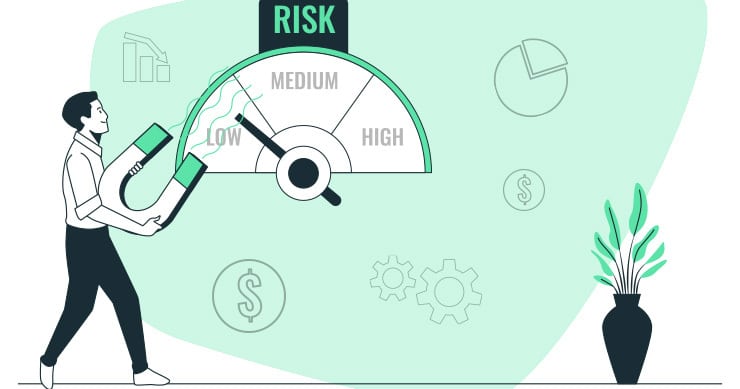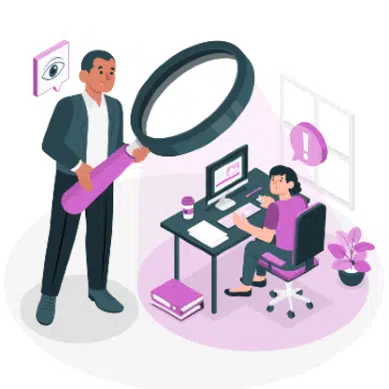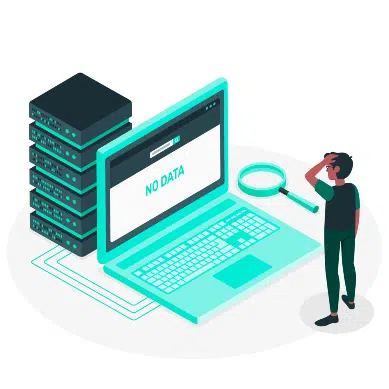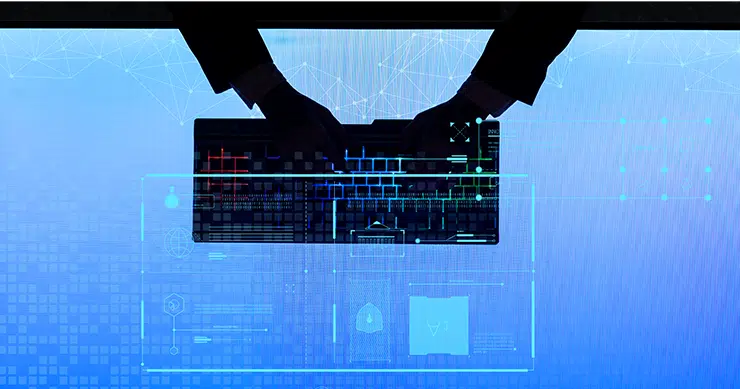Governance, risk, and compliance (GRC) programs have become essential to the modern business landscape across all industries. GRC programs allow organizations to identify, evaluate, and mitigate risk throughout multiple business units and then prove to regulators that they’re in full compliance with applicable laws.
GRC programs are growing rapidly as companies worldwide face increased legal regulations and requirements to comply with industry-recognized frameworks. Roughly 62% of survey respondents indicated they plan to grow their compliance teams to manage an increasing workload.
It’s become more vital than ever before to have a GRC program that can scale as your company expands, takes on new vendors, and exposes itself to more risks and regulations. Simply setting up a satellite office in a new region may involve an entirely new regulatory environment.
How can security leaders take the lead and create a scalable GRC program? What does a scalable GRC program even look like? Read on to learn more about how you can revise your GRC program so that it’s future-proof and ready to grow alongside your business.

What is a Scalable GRC Program?
Before we talk about scalability, what is a successful GRC program? An ideal GRC program enables your organization to identify likely risks, mitigate high-impact risks, and prove mitigation to regulatory bodies in accordance with required frameworks. Essentially, a successful GRC program both mitigates risks and proves your compliance.
How can you create a program that achieves these goals in the present and future? You’ll need to embrace automation at every opportunity. Automated systems allow your organization to satisfy regulations as your company grows without needing to hire new personnel consistently.
Let’s explore how the right GRC platform can allow your company to scale its GRC program as you grow.
1. Use a Platform that Enables Automated Control Cross-Walking
Your organization might be required to comply with several frameworks and multinational legal requirements. However, the different frameworks and legislations will often cover the same topics and require the same evidence.
Enter automated control cross-walking. Control cross-walking is when one control will satisfy several different legal requirements and frameworks. It’s a powerful tool for scalable GRC program management as it significantly reduces the workload on security and compliance teams. Additionally, as your company expands into new countries, cross-waking will minimize the effort required to prove compliance with each country’s laws.
You need an effective GRC platform, like Centraleyes, that already offers automated control cross-walking. Our platform compares the requirements of different frameworks and applicable regulations to identify duplicate information and cross-walk controls accordingly.
2. Automated Reporting is a Must-Have
One of the most common GRC challenges is gathering all the required information that auditors and regulatory bodies require to determine if you comply. Manually finding every piece of applicable data and creating reports is tedious and error-prone.
Instead, find a GRC platform that offers automated reporting. The right platform will generate the reports you need to give to auditors and regulators with the click of a button. Additionally, you can generate reports that provide decision-makers with actionable insights to help guide future decisions.
Don’t make your team waste countless hours in spreadsheets. Instead, find a GRC platform that provides automated reporting and consider it a core requirement rather than a nice-to-have.
3. Build Out Risk Scenarios Automatically
Governance risk and compliance cybersecurity are heavily focused on creating risk scenarios. Risk scenarios describe threats and vulnerabilities that may enable a costly security incident. Preparing risk scenarios allows you and other decision-makers to implement controls to mitigate risks.
With the right platform, you can automatically build out risk scenarios. Many of the risks that face your business also face other businesses and have already occurred throughout your industry. An automated system can generate these risk scenarios based on historical data collected from multiple sources.
It’s worth noting that you will still need domain experts to review automated risk scenarios, and you may also need to use a combination of automated and manually created risk scenarios, generated the old-fashioned way. This is because automated systems depend on historical data, and your organization may face a risk associated with a brand new threat, meaning there is no available data yet. Yet, automatically generating risk scenarios can save a significant amount of time and free up security experts to focus on high-impact tasks.
Start Getting Value With
Centraleyes for Free
See for yourself how the Centraleyes platform exceeds anything an old GRC
system does and eliminates the need for manual processes and spreadsheets
to give you immediate value and run a full risk assessment in less than 30 days
4. Shift to Risk Mitigation Over Risk Assessment
Historically, GRC management has been primarily focused on risk assessment. It’s sensible; you need to understand threats, vulnerabilities, and risks to determine their financial impact.
However, it’s time to shift your focus to risk mitigation over risk assessment. Automated GRC platforms can now handle the bulk of risk assessment tasks. For common risks, they’ll even suggest risk mitigation controls that your organization can implement.
Risk mitigating is ultimately what saves your organization from experiencing the financial cost of an incident occurring. Now that modern tools can handle the bulk of risk assessment, your specialized security workforce can put their time into risk mitigation.
An often overlooked aspect of risk mitigation is ongoing monitoring of implemented controls. Freeing up your security teams’ time allows them to regularly revisit controls to ensure they are protecting your organization as effectively as possible.
5. Automated Evidence Collection is Essential
GRC programs require evidence and a lot of it. Every certification and legal regulation will need evidence to prove that you comply. Evidence can range from documented policies and procedures, information about implemented risk-mitigating controls, or raw data regarding a specific aspect of your business.
Collecting this evidence manually has already drained an unknowable amount of working hours worldwide. Don’t let evidence collection take up any more of your specialized employees’ time and energy. Instead, free them up to work on more important tasks and reduce the error-prone nature of manual evidence collection.
You’ll need the right GRC platform that makes evidence collection a straightforward and automated task. Automated evidence collection is a vital aspect of creating a scalable GRC program.
It’s Time to Update Your GRC Tool Requirements
Every item discussed above should now be considered a requirement for your GRC platform. In the past, most of these items were bonus features. But as the compliance and regulatory landscape become increasingly complex, you need a platform that scales as you do.
Our robust GRC platform allows you to automate data collection, scenario creation, and reporting. As a result, you’ll take manual tasks off the plate of your highly-trained employees and allow them to focus on risk mitigation and ongoing monitoring of implemented controls.
Are you ready to discover how Centraleyes can transform your GRC program? Reach out to us today to get started with the solution you need to create a genuinely scalable GRC program.
Start Getting Value With
Centraleyes for Free
See for yourself how the Centraleyes platform exceeds anything an old GRC
system does and eliminates the need for manual processes and spreadsheets
to give you immediate value and run a full risk assessment in less than 30 days





